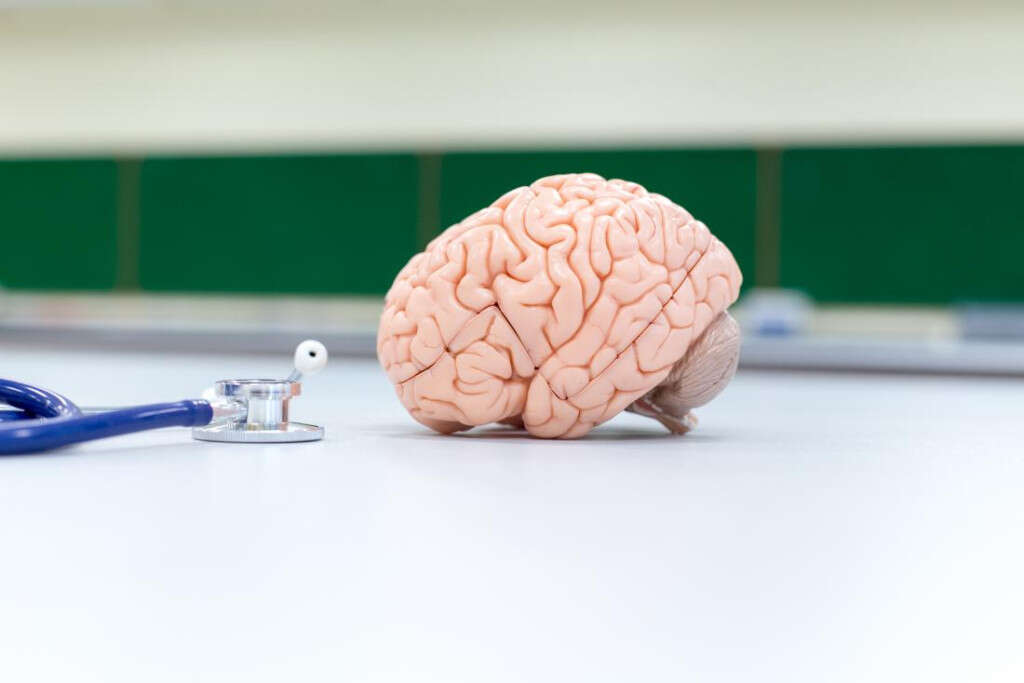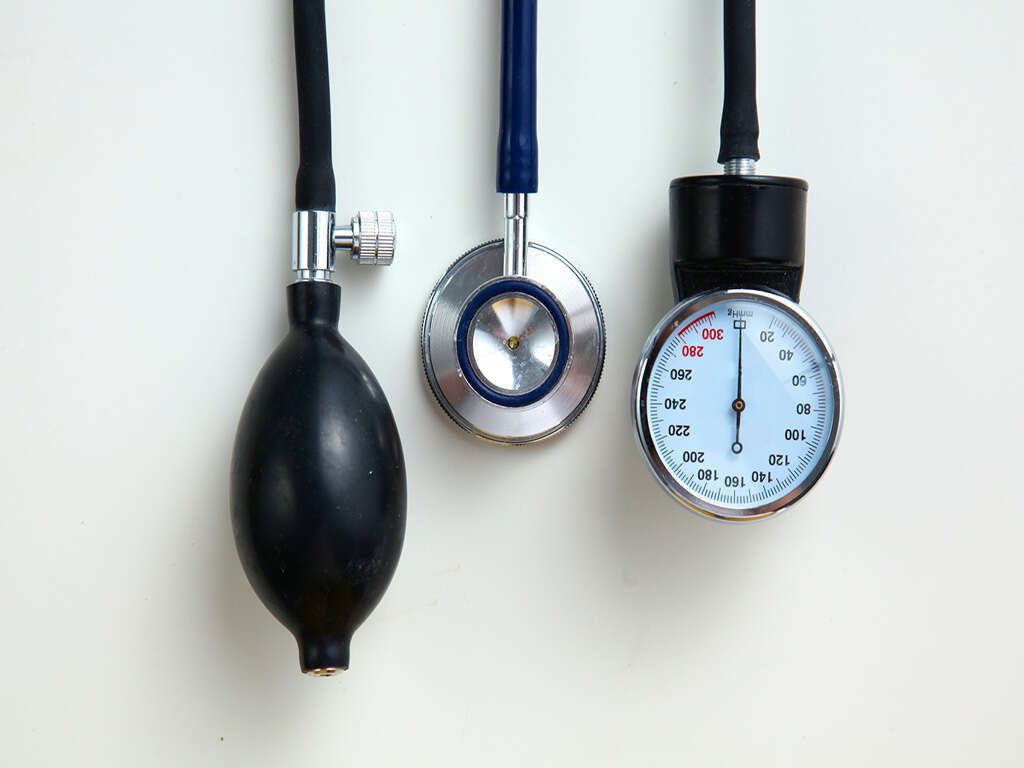10 Symptoms of Hyponatremia
Hyponatremia, or low blood sodium, occurs when the sodium concentration in the blood drops lower than 135 mmol/l; severe hyponatremia occurs when the sodium concentration is lower than 120 mmol/l. Hyponatremia can occur in three conditions: when the body’s fluid status is low, normal, or high.
Low volume hyponatremia occurs when there is excessive sweating, vomiting, diarrhea, or use of diuretics. Normal volume hyponatremia exists when there is hypothyroidism, adrenal insufficiency, or after drinking too much beer or water. High volume hyponatremia occurs when there is heart failure, kidney failure, or liver failure. Overall, hyponatremia occurs in about 20% of hospitalized patients and 10% of individuals involved in an endurance sporting event.
The treatment for hyponatremia depends on the underlying cause of the condition. Hyponatremia is also associated with a higher risk of death. Symptoms for hyponatremia can range from mild to severe – let’s look at some of them.

Symptom #1: Muscle Weakness
Muscle weakness is also known as myasthenia, a term that originated from a Greek word that means lack of muscle strength. It can be divided into true or perceived muscle weakness, where true weakness occurs in diseases such as muscular dystrophy and inflammatory myopathy.
In addition to low sodium levels, muscle weakness can also occur due to low electrolytes or potassium levels. Central muscular fatigue occurs when there is an overall deprivation of energy while peripheral muscular fatigue occurs if there is a specific muscle or group of muscles that are unable to function.

Symptom #2: Coma
A coma is an unconscious state where the individual cannot respond to stimuli or be awakened. The person is unable to move, hear, speak, or physically feel sensations. Patients in this state usually score between 3 to 8 on the Glasgow Coma Scale.
Experts believe that a coma is part of the body’s natural response in the healing process by temporarily shutting down and stopping bodily action. In addition to hyponatremia, comas can occur in many conditions such as stroke, intoxication, hypoxia, hypoglycemia, and traumatic head injuries.

Symptom #3: Seizures
Seizures can occur as a manifestation of abnormal electrical activity in the brain. The neurons in the brain that communicate with each other through electrical signals misfire during a seizure, resulting in abnormal movements, behavior changes, abnormal sensations, changes in mental status, confusion, and loss of consciousness.
Low sodium levels can cause brain swelling. This is known as cerebral edema – a lack of sodium leads to the buildup of water around the brain. The excess fluid disrupts the ability of the neurons to transmit signals, causing a seizure.

Symptom #4: Lethargy and Fatigue
Lethargy occurs when there is a state of tiredness or weariness resulting in lack of energy. There can be associated depression, apathy, and decreased motivation. Lethargy can occur when there is inadequate sleep, inadequate exercise, stress, overworking, overexertion, boredom, nutritional deficiency, disease, side effects of medication, and more, including hyponatremia.
Fatigue refers to the gradual onset of tiredness which can be alleviated by rest. Fatigue occurs when there is an inability to maintain peak performance of the muscles (physical fatigue) or cognitive function (mental fatigue). Low sodium levels can be a contributing factor to fatigue.

Symptom #5: Confusion
Mental confusion is a state where there is inability to recall personal identity, time, location, and loss of orientation. The person is often unclear and bewildered regarding their surroundings or current situation. It is is sometimes accompanied by memory loss.
Confusion is a non-specific symptom that can be observed in many conditions other than hyponatremia, such as hypoglycemia, anemia, kidney failure, anxiety, alcoholism, encephalopathy, brain tumor, traumatic brain injury, concussion, dehydration, and more. The treatment and management for confusion depends on the underlying cause of confusion.

Symptom #6: Short Term Memory Loss
Short term memory loss is medically known as amnesia. It is a deficit in memory that occurs when there is disease, brain trauma, or psychological trauma. Temporary amnesia can also be caused by hypnotic drugs or sedatives.
Amnesia can either be whole or partial depending on the extent of damage. Generally, memory loss can be categorized into anterograde and retrograde amnesia. Anterograde amnesia is the inability to form new memories while retrograde amnesia is the inability to recall old memories.

Symptom #7: Loss Of Appetite
The loss of appetite that occurs in an infection is part of the body’s acute response triggered by the components of bacteria. This leads to the production of proinflammatory cytokines (immune system substances) that affect appetite.
Loss of appetite is a nonspecific symptom that can result from low sodium levels but is also commonly observed in various conditions such as pneumonia, acute radiation syndrome, anxiety, cancer, celiac disease, heart failure, dementia, and anorexia nervosa.

Symptom #8: Irritability
Irritability is a physiological reaction to stimuli. If pathological, it is an excessive physical sensitivity to stimuli, such as low blood sodium levels. It can also be the result of emotional, situational, environmental, or sociological stimuli. The affected person usually feels frustrated, prone to anger, and aggravated.
Irritability can be seen in stressful situations where the patient has a short temper and becomes frustrated easily. Other associated symptoms include tachycardia, headaches, sweating, anger, hot flashes, excessive guilt, suicidal thoughts, and more.

Symptom #9: Headaches
A headache is pain that occurs anywhere in the neck or head. There are many types of headaches such as migraines, tension, cluster, and more. Headaches can be frustrating as frequent headaches can affect relationships and work. Those with headaches also have a higher risk of depression compared to others.
Headaches are a non-specific symptom and are very common. They can be seen in various conditions such as dehydration, low sodium levels, hunger, viral infections, and bacterial infections. Most headaches can be managed using painkillers such as NSAIDs, paracetamol (Tylenol), or acetaminophen (aspirin).

Symptom #10: Nausea and Vomiting
Nausea is an unpleasant feeling of stomach unease and discomfort along with the urge to vomit. While there is no pain, chronic nausea can greatly affect a person’s quality of life as it is debilitating.
Vomiting is also known as throwing up, puking, barfing, or emesis. It is an involuntary expulsion of stomach contents through the mouth and nose. Since both nausea and vomiting are non-specific symptoms, they can be seen in various conditions such as pregnancy, bacterial infections, viral infections, food poisoning, and hyponatremia. it can usually be managed using anti-nausea drugs such as ondansetron and metoclopramide.












